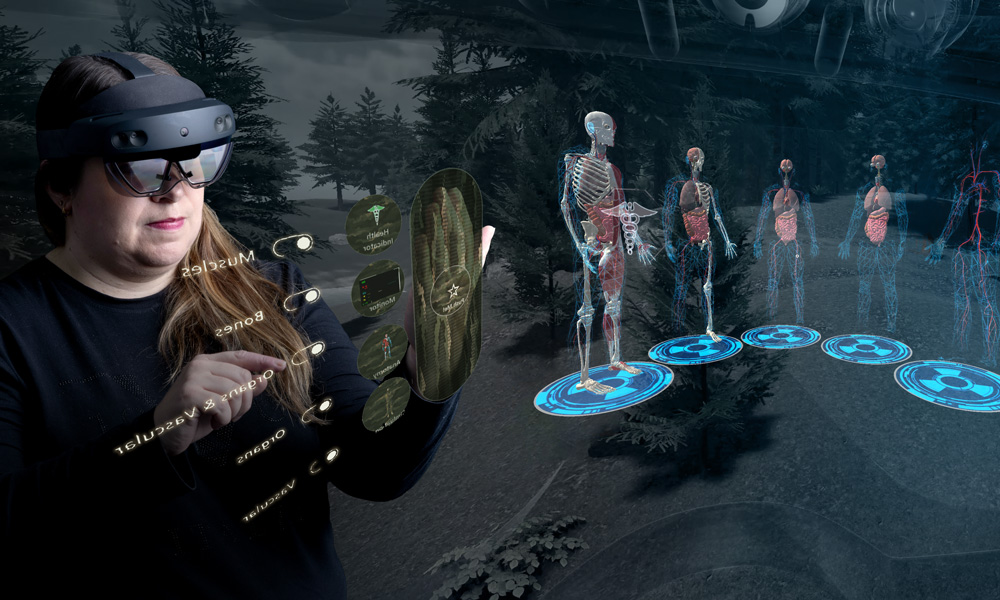
Carla Mather—a former medic and marketer who returned to university to pursue computer science and media studies at UBCO—worked closely with an industry partner as part of her media studies capstone project. A capstone project, and the computational arts-based Bachelor of Media Studies (BMS) program as a whole, prepares students for careers in digital media creation.
“Everything we consume through our screens, and what we seek as entertainment, is often built through computational art and physical computing,” explains Dr. Megan Smith, an Associate Professor in the Faculty of Creative and Critical Studies and Coordinator of the BMS program. “Today’s digital culture demands interdisciplinary skills, so the program has merged computer science, engineering, art practice and the digital humanities to fill this societal need.”
“We feel that working with partners helps to build opportunity for our students while serving to improve and contribute to our community,” Dr. Smith adds. “This is also an attractive prospect for student recruitment, as our students are eager to enter the workforce upon graduation. Through these capstone projects, they get a foot in the door with real experience that can affect change.”
Over eight months, Mather worked closely with her partner to devise design ideas that would be usable with the Microsoft HoloLens, a mixed reality holographic headset. For the interface itself, she explored everything from Hollywood and science fiction depictions of mixed reality to very specific user interface information related to fonts, colours and opacity levels when looking at data and visual cues on a visor. Mather also pulled from her training as an EMT and used her medical knowledge of triage to inform some of the headset display choices.
For Mather, the overall experience of working with an industry partner was a positive one. “Working collaboratively with them, I was able to get practical, real-life experience that I can use when I graduate from university. For instance, my project could be used for EMTs, firefighters or other such scenarios. Students in the media studies program are moulding their work into career opportunities they could have never expected.”
The best part is that should Mather choose to, she can continue her work through the remainder of her undergraduate studies. This has also been the case for several other student/industry partnerships in the program—a testament to the strength and quality of UBCO’s students and faculty.
“We’re the only program of our kind in the Okanagan and one of a handful across Canada,” says Dr. Smith. “The Okanagan’s tech development ecosystem combined with UBCO’s resources enable such a program and relationships like this to exist. We have wonderful research initiatives like STAR and CFI Labs that are growing exponentially and are helping to feed the demand for research in our community. There’s so much work to be done in this domain.”
Visit the UBC Okanagan News site to learn more.
Through Strategy 8: Student Research, UBC is expanding opportunities for undergraduates to gain first-hand experience in research and is strengthening research experiences for graduate students and postdoctoral fellows.